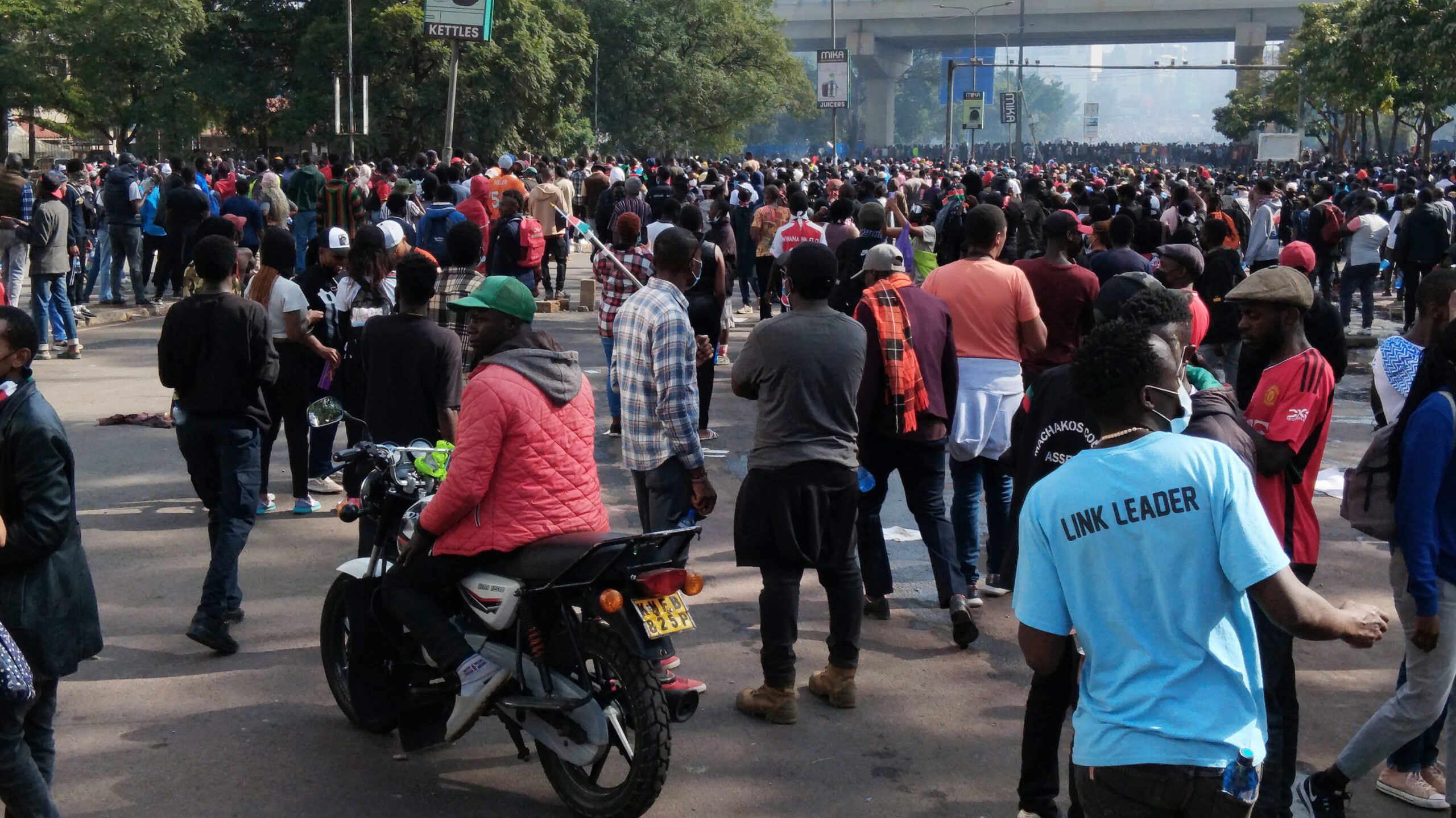ABORTION? Not the way to go
“If we accept that a mother can kill even her own child, how can we advise people against killing each other? Any country that accepts abortion is not teaching its people to love, but to use any violent means to get what they want.”
~The late mother Teresa of Calcutta.
The Google Zeitgeist 2012 report released recently indicated that the number one trending topic on their search engine in the “how to” category was by Kenyans who wanted more information on how to abort. In Kenya, abortion is illegal unless under strict medical conditions where the lives of a mother and baby are in danger. The Google Zeitgeist report also revealed that Kenyans also wanted to know how to conceive which was ranked as the fourth most searched topic on the ‘how to’ category.
Abortion refers to a termination of pregnancy by the removal or expulsion from the uterus of a foetus. Although there is no documented information on the number of women who die annually through abortions, it is alarming that most Kenyans major search topics is how to abort. This could be linked to a high number of abortions taking place. Again, since abortion is illegal in Kenya, most of the abortions done are in the backstreet clinics.
According to Dorcas Marwa, a woman who admits to having many abortions, abortion procedures in Kenya are now done in several hospitals and clinics countrywide. “Some respectable clinics and doctors carry out abortion privately because the hospitals do not officially allow it. However, there are some clinics where you walk in and the abortion procedure is carried out without any feelings of remorse,” says Dorcas.
According to www.abortion.com, an estimated 44 million abortions are performed globally each year with slightly under half of those performed unsafely. In the recent Kenya’s deputy presidential aspirants’ debate aired by several TV stations and radios on February 14, 2013, when asked about how they would handle the issues of reproductive health, all the deputy presidential aspirants agreed that abortion was morally wrong and they would not encourage it once they ascended into power. One of the candidates said that it is sad that so much pain is inflicted on an innocent child, while another said that abortion is an abuse to a woman’s body.
Why then do so many women procure abortions? There are several reasons that make women go through abortion according to several researches done over time, some of which include the following:
One of the social reasons why some women go through abortion is the aspect of feeling psychologically unprepared to take care of a child, since a child comes with several demands including financial. Others are feelings that one cannot afford the baby, or that one has the number of children she wants and does not want additional family responsibilities. Being a single mother or one who is in a relationship that is uncertain are other reasons given.
A woman may also feel not of age to be a mother and therefore opt for abortion. For some, pregnancy interferes with their careers and education plans and they choose abortion, while for others it’s their parents or partners who push them to do it. Others may abort a child who is as a result of rape or incest. Many others do it for selfish reasons – they want to have fun in a relationship without the disturbance of a baby.
However, some genuine reasons in Kenya that allow a woman to undergo an abortion is when the life of the mother and baby are in danger, or if the baby has a health problem that would make him incapacitated in life.
Abortion methods
There are various abortion methods used by health practitioners where the law allows abortion. While they sound brutal and cruel, they are safe when handled by trained health practitioners, but sadly, they are also used to procure illegal abortions in backstreet clinics and other unauthorised facilities. They include the following:
Suction aspiration.
This is where the cervix is stretched open. A suction curette (hollow tube with a knife-like top) is inserted into the womb. A strong suction (like that of a vacuum cleaner) tears the foetus into pieces, drawing it into a container.
Dilation and curettage.
This is similar to the suction method, except for the use of sharp loop-shaped knife (curette). The knife cuts the foetus apart. The pieces are then removed through the cervix. All of the dissected and crushed parts of the foetus are removed using ring forceps.
Saline injection. A concentrated salt solution is injected into the sac surrounding the foetus. The foetus inhales and swallows the solution, has convulsions and dies one to two hours later from salt poisoning dehydration and haemorrhage of internal organs. The mother goes into labour. A dead or dying baby is delivered within 48 hours.
Prostaglandin abortion. Prostaglandins are hormones that induce labour. They are injected into the sac surrounding the foetus or given in a shot or vaginal suppository form. The mother then goes into labour, giving birth to a child either dead or too young to survive. Sometimes poisonous salts are injected with the prostaglandins’ to kill the baby.
Hysterectomy abortion. This is some form of a caesarean section; the abdomen and the womb are opened surgically. In the hysterectomy, however, the baby who is lifted out is usually too young to survive without immediate medical treatment. The baby is simply put aside to die.
Partial birth abortion. This occurs when only the baby’s head is left in the birth canal; the body is turned so that the head is face down. Surgical scissors are inserted into the back of the scull, and a suction apparatus is passed through the hole. The baby’s brains are suctioned out of its head, collapsing the skull. Then the dead baby is fully removed from its mother’s body.




